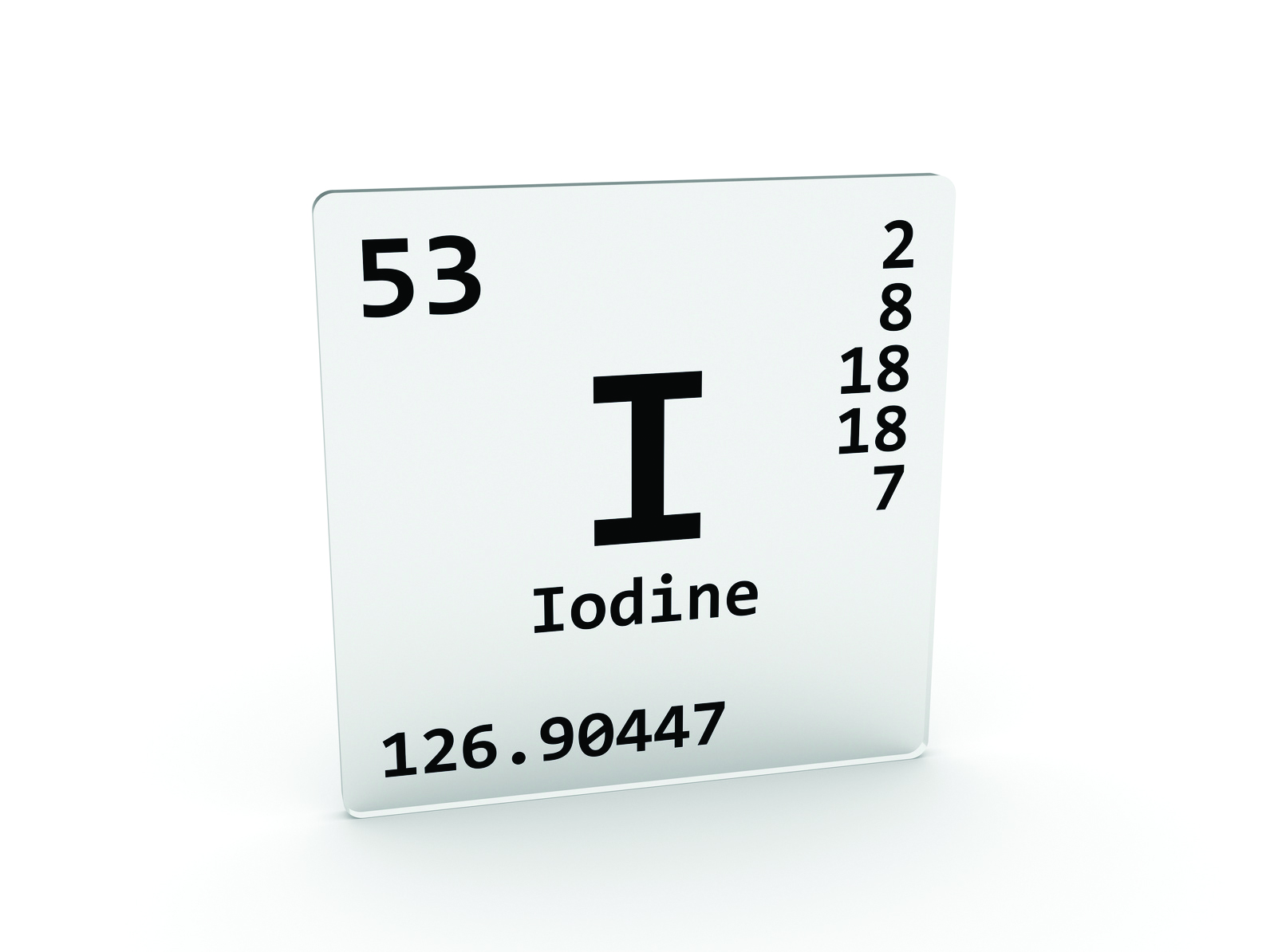Almost one hundred years ago, the US instituted a salt iodine fortification program in order to rectify a goiter endemic throughout the country. The plan worked. Since then, one-by-one, countries around the world have been fortifying foods with iodine.
It was only 15 years ago when China instituted a fortification program. Recently, researchers in China conducted a study as a check-in to be sure the program was working as planned. They tested 4 different populations (each with different iodine requirements) from different regions of the country: children, pregnant women, lactating women, and adults. The goal was to evaluate any possible changes in thyroid function as a result of the fortification program.
Three tests were used to make the assessment and determine iodine levels, including: urinary iodine – a test to measure iodine levels; thyroid function- to measure dysfunction; and thyroid volume. By looking at these three tests, researchers could decide if the iodine program was providing too much or too little iodine for each group of people, and if there was a positive or negative impact on thyroid function.
There was no overall increase in thyroid dysfunction prevalence over the 15 years. There was a decreased incidence of goiter, as expected, and there was increased intelligence in children. The lab findings indicated that children had adequate levels of iodine, pregnant women were still low in iodine, and some adults were slightly above normal. Overall, these results show that the program was a success, and that the country should possibly consider increasing iodine dosing for the fortification program.
The results in this Chinese study suggest that it’s possible that American women who are pregnant or lactating could also be at risk for low iodine levels and hypothyroidism. If you have low thyroid hormone levels, your physician can do a lab test to see if your iodine levels are also low. If so, iodine supplementation (200 mcg up to 12 mg daily) is recommended. Iodine also can be obtained from foods such as seaweed, wild-caught fish, dairy products and green vegetables, and of course, table salt in the US is fortified with iodine. It’s recommended to also take selenium with iodine to help maintain mineral balance.
Reference:
Assessment of thyroid function in children, adults and pregnant and lactating women after long-term salt iodisation measurements. Xiaohui Su. https://doi.org/10.1017/S0007114518000570. Published online: 27 March 2018


For those of us with autoimmune Thyroid issues (Hashitmotos) adding iodine can be complicated and the person needs to have selenium levels adequate to support the added Iodine. For those of who also suffer with Dermatitis Herpetiformis (DH), a disorder of the skin from being Celiac, the introduction of Iodine can be disastrous! Bringing up Iodized salt as in Morton’s is an insult as that salt has always had added Maltodextrin (sugar) which is not healthful, at all.